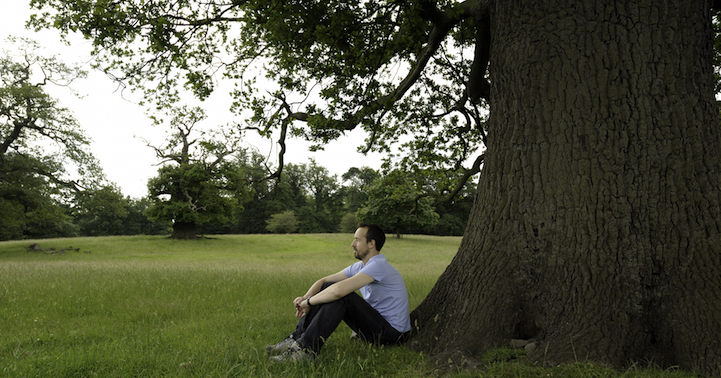You should be. The days of AV technology as an afterthought, retrofitted to architectural spaces, are over. Today, forward thinking architects, engineers, and building owners are striving to fully integrate intelligent audiovisual system technologies into building design and infrastructure with maximum flexibility and adaptability in mind.
Obsolete in 2-3 Years
As AV technology quickly evolves, advances are now rendering AV technology obsolete at every two to three years or even sooner. The latest software and cloud applications often mean less hardware, and converged AV and IT solutions utilizing software-based technologies. We are on the cusp of IoT (Internet of Things) and AI (Artificial Intelligence) disrupting and completely reinventing how we live, work, communicate, and collaborate. However, with forethought and intelligent AV infrastructure planning and design, you can truly design building infrastructure to readily and easily accommodate your AV technology upgrades and advances for the next 20 years.
Someone is sitting in the shade today because someone planted a tree a long time ago.
– Warren Buffet
Infrastructure for Tomorrow’s AV Technology
It’s imperative new construction projects integrate AV infrastructure into building plans and designs up front. AV infrastructure impacts everything — every trade, and everyone involved in a project. A long-term AV infrastructure planning and design strategy will help you plan, design, and build features into infrastructure to handle today’s needs, to facilitate changes later, and allow for technology advances in the future. That may mean, for example, planning and design considerations for ceilings, floors, and walls now — to accommodate electrical, HVAC, other mechanicals, conduit pathways, structured cabling, IT networking, and other systems later. It also means creative planning and design solutions that make AV technology an integral part of your project, so technology upgrades seamlessly integrate and complement the design vision and efficacy of your spaces.
Too many contractors approach AV with a short-sighted goal of meeting day-one occupancy AV needs. To be fair, driven solely by construction budgets, they are not paid to anticipate needs 10 years down the road. Long-term, that is both inefficient and costly. At ABD Engineering, our approach is collaborative. We take the time to understand the interests and concerns of multiple stakeholders. We anticipate audiovisual needs to help futureproof building infrastructure with long-term AV infrastructure planning and design solutions that will more easily and economically facilitate technology upgrades. To borrow from Warren Buffets’ insight, “Someone is sitting in the shade today because someone planted a tree a long time ago.” The same can be said for those with the foresight to plan and design AV infrastructure now to accommodate technology into the future.
